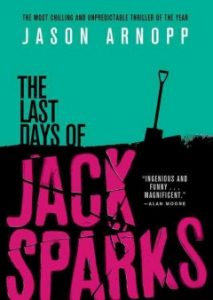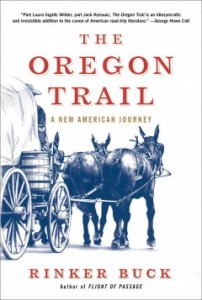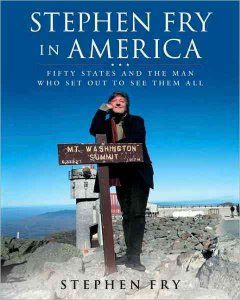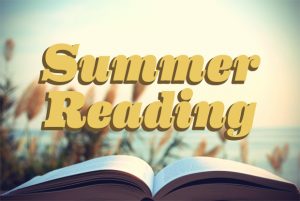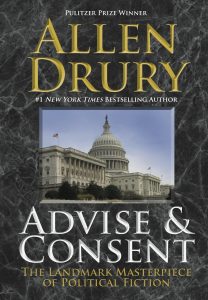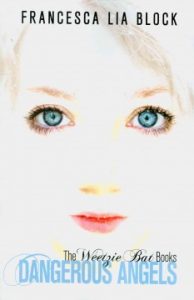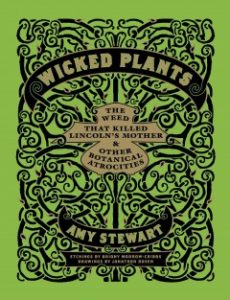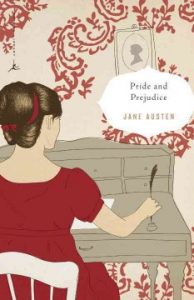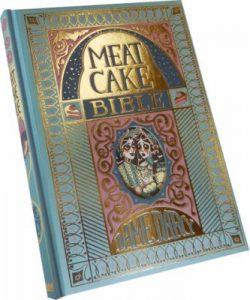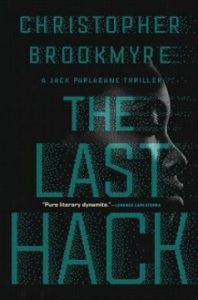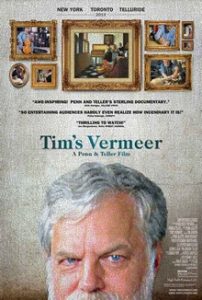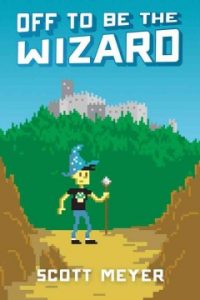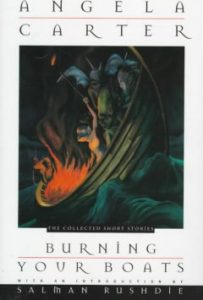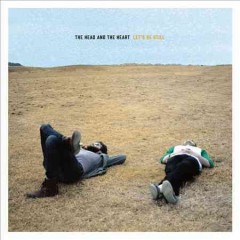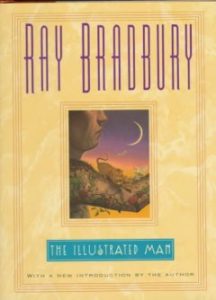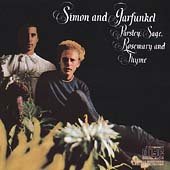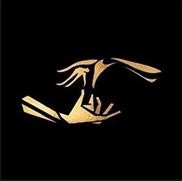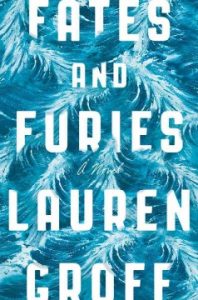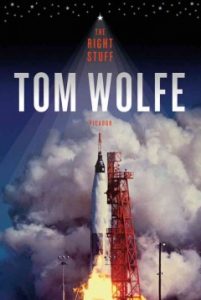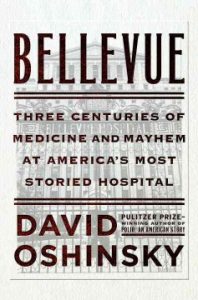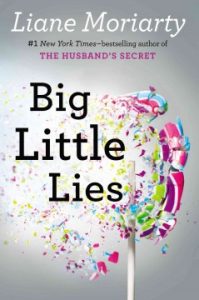A few days ago, PBS announced the production of a new eight-part television series, and related nationwide campaign “that explores the joy of books and the power of reading, told through the prism of America’s 100 best-loved books”. The working title of the project?
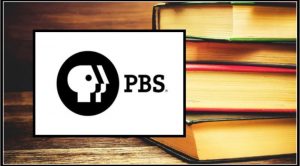
The goal, apparently, is to harness the power of digital media to get the American people to compile a list of 100 books–an “Advisor panel of literary professionals” will also help compile the list, so that we don’t end up with the literary equivalent of “Boaty McBoatface”. The show will also work with local bookstores and libraries (PBS…HERE WE ARE. SITTING BY THE PHONE. WAITING FOR YOUR CALL) in order to get under the skin, so to speak, of American readers, and discover why the books chosen are so meaningful.
The books will, according to PBS’ press release, be organized in themes, “such as ‘Being American,’ ‘Heroes,’ ‘Growing Up,’ ‘What We Do for Love’ and more…As summer turns to fall, voting will close and America’s top 10 books will be revealed counting down to America’s Best-Loved in the final episode of the series in September 2018.”
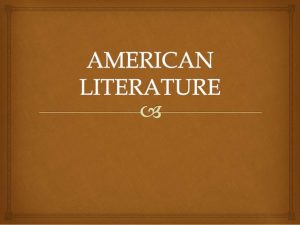 Hey, I’m as intrigued about this as the next person–and I know, as a devoted reader yourself, you’ve already got a list of books ready to got that you would like to force the American public at large to read. Maybe it’s not a round 100 books, but that’s ok…But I’m also really interested to see how the rules of this Literary Survivor is going to work. Is it just a book that a lot of people in this country like to read? Does the book have to be about America? Does it have to be written by an American? If so, how do we define American? Indeed, what makes a novel American in the first place?
Hey, I’m as intrigued about this as the next person–and I know, as a devoted reader yourself, you’ve already got a list of books ready to got that you would like to force the American public at large to read. Maybe it’s not a round 100 books, but that’s ok…But I’m also really interested to see how the rules of this Literary Survivor is going to work. Is it just a book that a lot of people in this country like to read? Does the book have to be about America? Does it have to be written by an American? If so, how do we define American? Indeed, what makes a novel American in the first place?
We’ll be keeping an eye on all of this for you, beloved patrons. And it would be exiting if this show got us all talking a lot more about the books that shape us, shape our communities, and, perhaps, shape our country, as vast and varied and confused and contentious and fascinating as it is. In fact, here are a few 20th century books to get us started thinking about how varied the literary USA really is. We’ll add onto this list over the coming weeks!
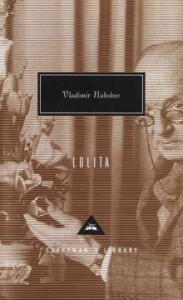 Lolita: Vladimir Nabokov’s most well-known, and most contentious novel is, yes, the story of a middle-aged pedophile. But the entire framework of the story–the road trips on which Humbert Humbert and Dolores Haze embark during the book–were inspired by the yearly driving trips Nabokov and his wife, Vera, took every summer to catch and study butterflies. An immigrant from Russia, Nabokov was fascinated by American consumerism and kitsch. If you ever wondered why ‘Lolita’ insisted on staying in hokey hotels, eating at diners with ads on the napkins? It’s because those were the details that delighted Nabokov himself.
Lolita: Vladimir Nabokov’s most well-known, and most contentious novel is, yes, the story of a middle-aged pedophile. But the entire framework of the story–the road trips on which Humbert Humbert and Dolores Haze embark during the book–were inspired by the yearly driving trips Nabokov and his wife, Vera, took every summer to catch and study butterflies. An immigrant from Russia, Nabokov was fascinated by American consumerism and kitsch. If you ever wondered why ‘Lolita’ insisted on staying in hokey hotels, eating at diners with ads on the napkins? It’s because those were the details that delighted Nabokov himself.
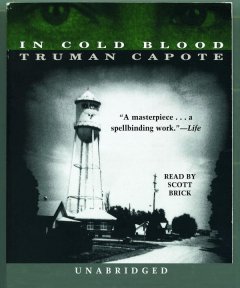 In Cold Blood: Speaking of road trips, travels across the country make up a significant part of Truman Capote’s non-fiction novel that details the 1959 murders of four members of the Clutter family in the small farming community of Holcomb, Kansas. When Capote learned about the details of the crime, he traveled to Kansas himself with his best friend, Harper Lee. Together, they interviewed the Clutter’s neighbors and friends, creating a portrait of a family that was flawed, strong, strange, and wholly realistic. Following the arrest of Richard “Dick” Hickock and Perry Smith, Capote turned his focus on them, telling the story of these two men, the life that brought them to Holcomb, and the country they had traveled in their strange, short lives. This is very much a tale about a moment in American history, about the social framework that shaped all these people’s lives, and the environments in which they existed, giving us all a glimpse into a time and a place that feels at once utterly familiar and shockingly far away. The image above is of the audio book, which is also stunning.
In Cold Blood: Speaking of road trips, travels across the country make up a significant part of Truman Capote’s non-fiction novel that details the 1959 murders of four members of the Clutter family in the small farming community of Holcomb, Kansas. When Capote learned about the details of the crime, he traveled to Kansas himself with his best friend, Harper Lee. Together, they interviewed the Clutter’s neighbors and friends, creating a portrait of a family that was flawed, strong, strange, and wholly realistic. Following the arrest of Richard “Dick” Hickock and Perry Smith, Capote turned his focus on them, telling the story of these two men, the life that brought them to Holcomb, and the country they had traveled in their strange, short lives. This is very much a tale about a moment in American history, about the social framework that shaped all these people’s lives, and the environments in which they existed, giving us all a glimpse into a time and a place that feels at once utterly familiar and shockingly far away. The image above is of the audio book, which is also stunning.
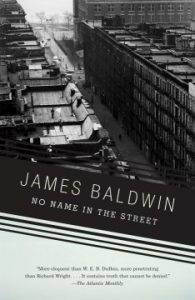 No Name in the Street: James Baldwin’s non-fiction work, detailing the racial tensions in the United States, especially during the 1960’s and 1970’s, are some of the most insightful, heartbreaking, and inspiring out there, and his name deserve to be on a list of great American writers. This biographical work displays James Baldwin’s fury and despair more deeply than any of his other works. He vividly detail his Harlem childhood which shaped his early consciousness and forced him to realize the violence of racism first-hand, and the later events that scored his heart with pain–the murders of Martin Luther King and Malcolm X. Baldwin also discusses his sojourns in Europe and in Hollywood, and his return to the American South to confront a violent America face-to-face. This is a powerful, unforgettable account of another side of US history.
No Name in the Street: James Baldwin’s non-fiction work, detailing the racial tensions in the United States, especially during the 1960’s and 1970’s, are some of the most insightful, heartbreaking, and inspiring out there, and his name deserve to be on a list of great American writers. This biographical work displays James Baldwin’s fury and despair more deeply than any of his other works. He vividly detail his Harlem childhood which shaped his early consciousness and forced him to realize the violence of racism first-hand, and the later events that scored his heart with pain–the murders of Martin Luther King and Malcolm X. Baldwin also discusses his sojourns in Europe and in Hollywood, and his return to the American South to confront a violent America face-to-face. This is a powerful, unforgettable account of another side of US history.
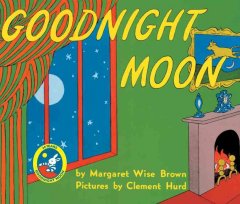 Goodnight Moon: Hey, if we’re going to talk about books that meant something to as many people as possible, there are few books as widely-read and widely-enjoyed as Margaret Wise Brown’s classic tale about a bunny getting ready for bed, and saying goodnight to all the things in the bedroom. It’s led to any number of parodies, from the philosophical to the profane, but despite it all, Brown’s 1947 story remains. In a 2007 on-line poll, the National Education Association named the book one of its “Teachers’ Top 100 Books for Children”, and in 2012 it was ranked number four among the “Top 100 Picture Books” in a survey published by School Library Journal…so you don’t have to take my word for it!
Goodnight Moon: Hey, if we’re going to talk about books that meant something to as many people as possible, there are few books as widely-read and widely-enjoyed as Margaret Wise Brown’s classic tale about a bunny getting ready for bed, and saying goodnight to all the things in the bedroom. It’s led to any number of parodies, from the philosophical to the profane, but despite it all, Brown’s 1947 story remains. In a 2007 on-line poll, the National Education Association named the book one of its “Teachers’ Top 100 Books for Children”, and in 2012 it was ranked number four among the “Top 100 Picture Books” in a survey published by School Library Journal…so you don’t have to take my word for it!


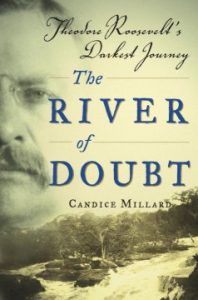
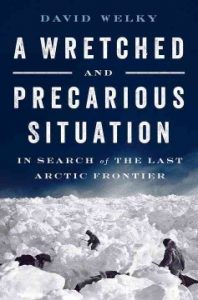
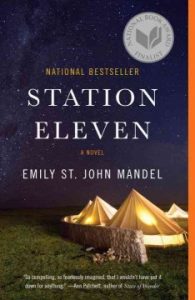 Station Eleven
Station Eleven